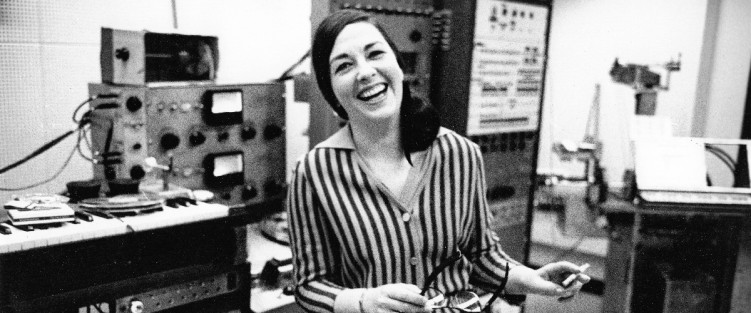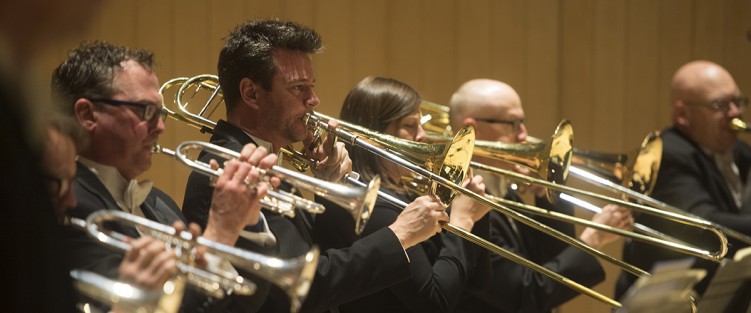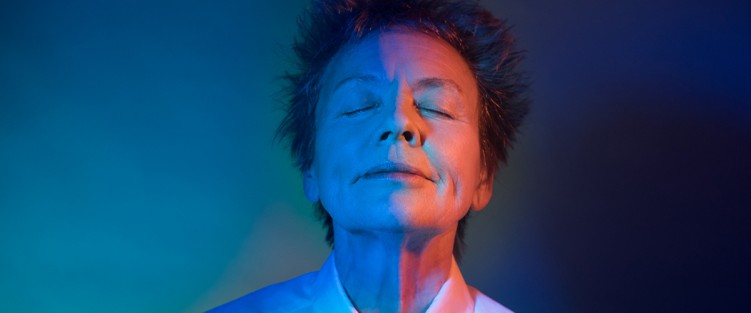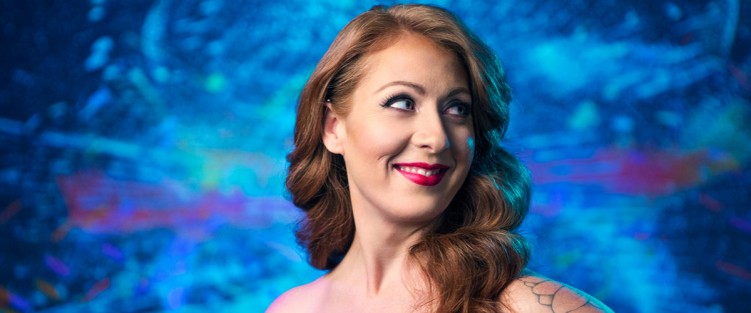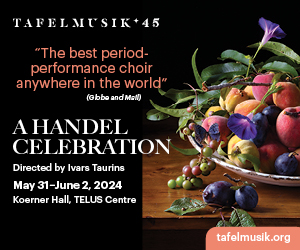Always Asking Why: Speranza Scappucci, conductor
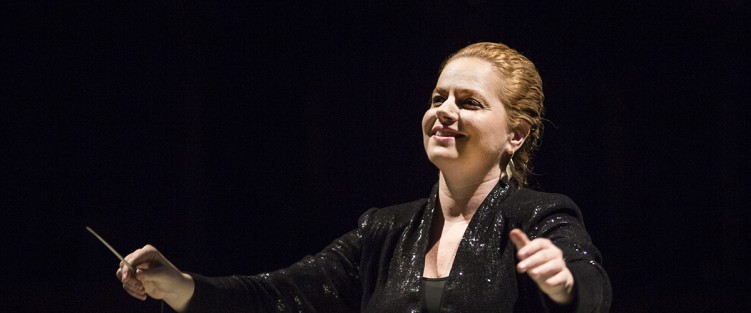 Will there come a time when we journalists will be able to stop making a big deal out of women conductors? We are not there yet – systemic barriers in the profession remain all too real – but the fact that we can already see such a time on the horizon is thanks to the critical cohort of women in their 30s, 40s and 50s who have more than paid their dues in the industry and are now toppling the dams everywhere, finding themselves equally at home in opera and symphonic music, and combining associate principal positions with at least one directorship. We are talking people like Susanna Mälkki, Xian Zhang, Keri-Lynn Wilson, Dalia Stasevska, Gemma New, Han-na Chang, and the conductor currently in charge of the COC’s The Barber of Seville (January 19 to February 7), Speranza Scappucci.
Will there come a time when we journalists will be able to stop making a big deal out of women conductors? We are not there yet – systemic barriers in the profession remain all too real – but the fact that we can already see such a time on the horizon is thanks to the critical cohort of women in their 30s, 40s and 50s who have more than paid their dues in the industry and are now toppling the dams everywhere, finding themselves equally at home in opera and symphonic music, and combining associate principal positions with at least one directorship. We are talking people like Susanna Mälkki, Xian Zhang, Keri-Lynn Wilson, Dalia Stasevska, Gemma New, Han-na Chang, and the conductor currently in charge of the COC’s The Barber of Seville (January 19 to February 7), Speranza Scappucci.
Piano study since the age of five; degrees from the Conservatory of Music Santa Cecilia in Rome and the Juilliard School; nine years as the rehearsal conductor with Ricardo Muti; 15 years as a répétiteur in some of the most prestigious opera houses in Europe; fluency in English, Italian, French, German – even with such a résumé and experience, the switch to full time conducting wasn’t immediate. “It helped that I have worked as a coach in so many places and that I know the opera world well already,” recalls Scappucci. “But trying to break that wall between the categories – convincing people to see that yes I was a good répétiteur and can also be a good conductor, that was a challenge sometimes. People like to put you in a box. So they’ll think, ‘Oh she’s a pianist, and pianist primarily.’”


